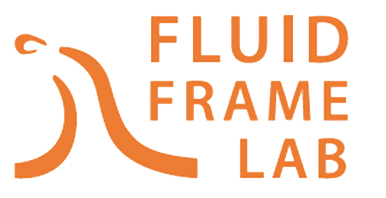Lubrication
Lubricating films under extreme conditions:
Fluids are often introduced to reduce friction between moving solid contact surfaces by forming a lubricant film. Two regimes arise when a full film forms between the surfaces: (i) hydrodynamic lubrication (HL) and (ii) elastohydrodynamic lubrication (EHL). EHL occurs under extreme conditions, such as high pressures, when the deformations of the solid surfaces have to be considered. As a result, although EHL often plays a significant role in advanced technological applications, such as automotive, biomedical devices, renewable and oil and gas, Micro Electro-Mechanical Systems (MEMS), many of its fundamental aspects are yet to be unraveled. Many complex phenomena occur in EHL: for instance, an EHL film presents subtle non-Newtonian effects due to the very large contact pressures (usually in the GPa region) and to the operating velocities leading to high shear rates. Piezo-viscosity, shear thinning effect, viscoelasticity are examples of the rheological complexity of these films. Furthermore, another common phenomenon which occurs in EHL is cavitation. Both friction and mechanical damage are strongly influenced by all these subtle effects, pointing out the need of improved predictive models for EHL. My research aims to fulfill this need by developing analytical and numerical tools. The goal is to unravel the complex physics responsible for the subtleties and destabilizations in EHL and to produce predictive models for lubricant failures and friction reduction. In particular, techniques and models to bridge the gap between macro- and micro-scales have to been developed to embrace all the aspects of EHL.
